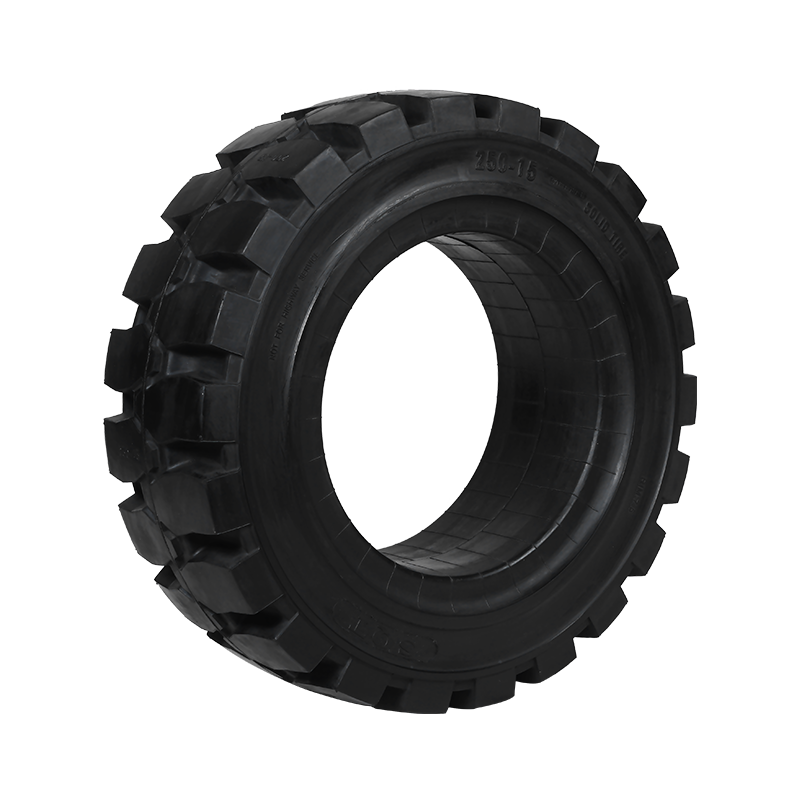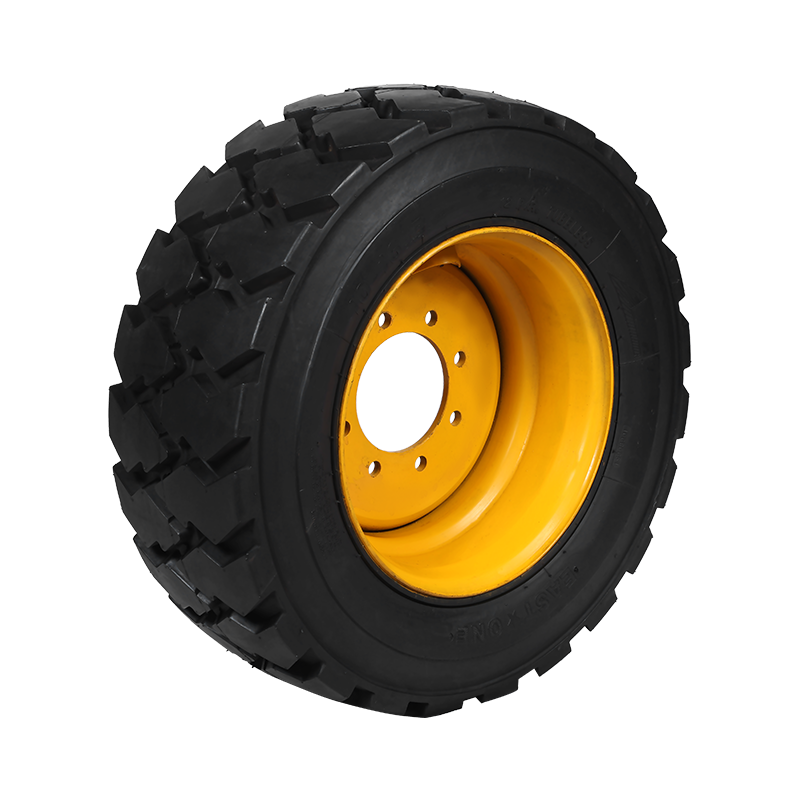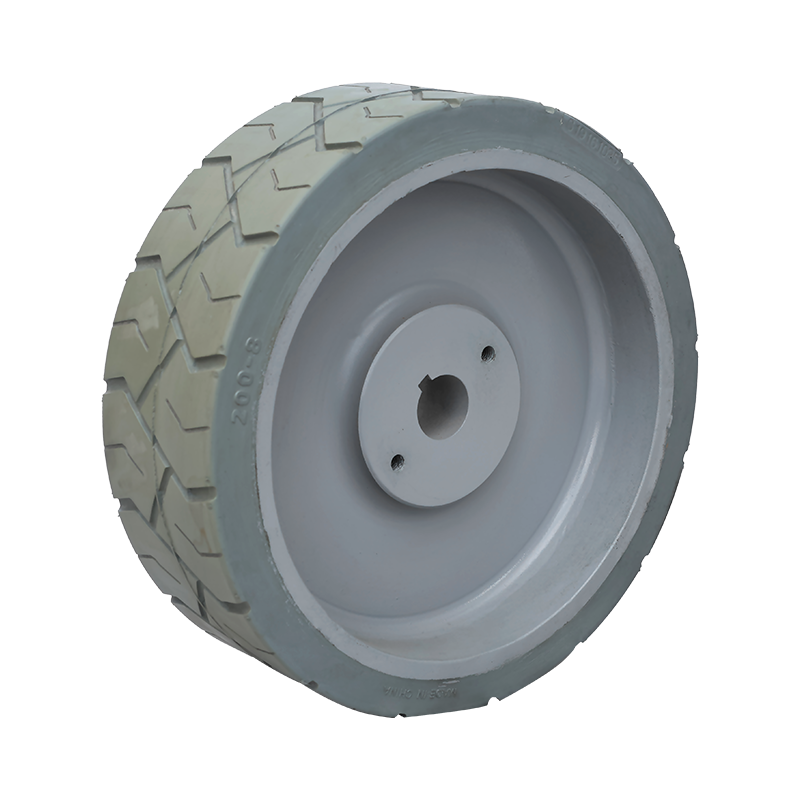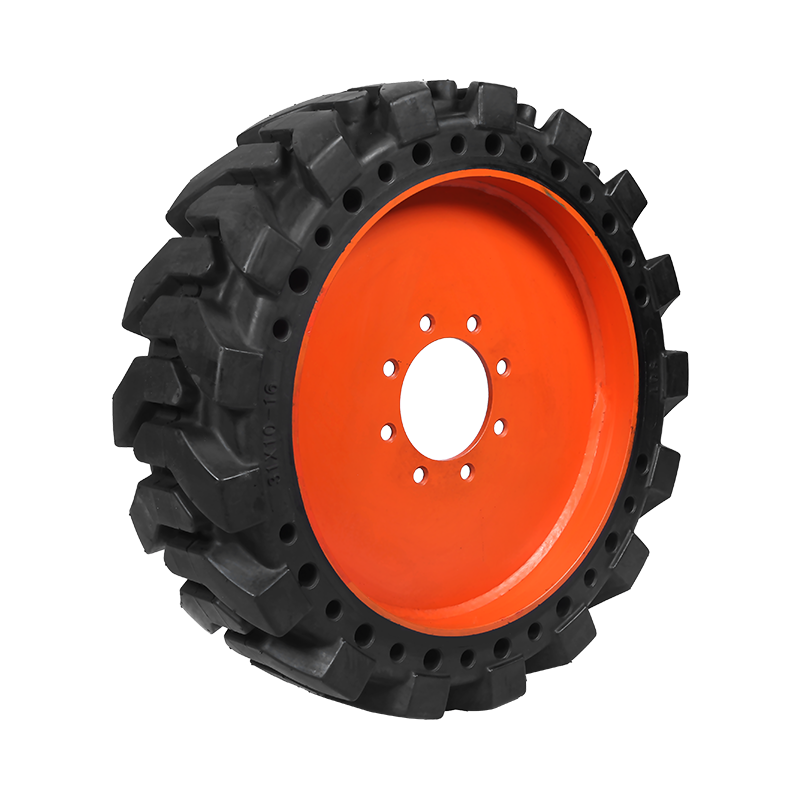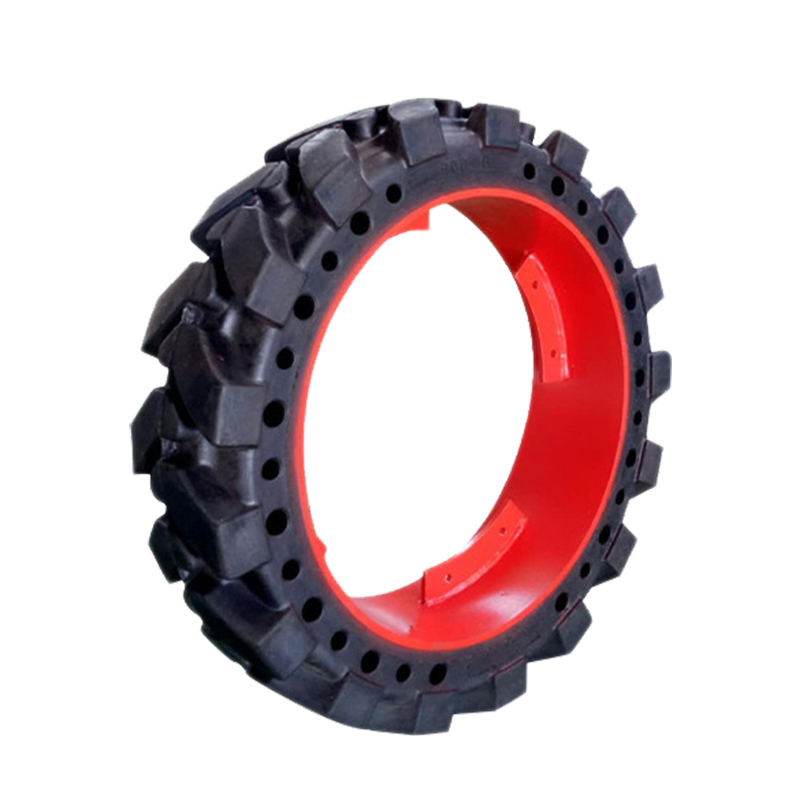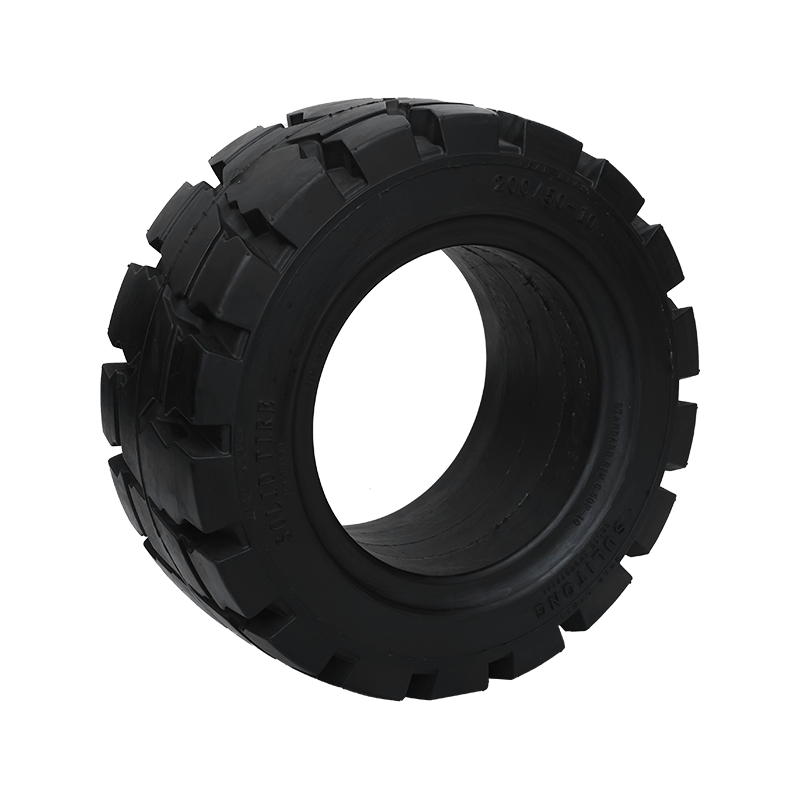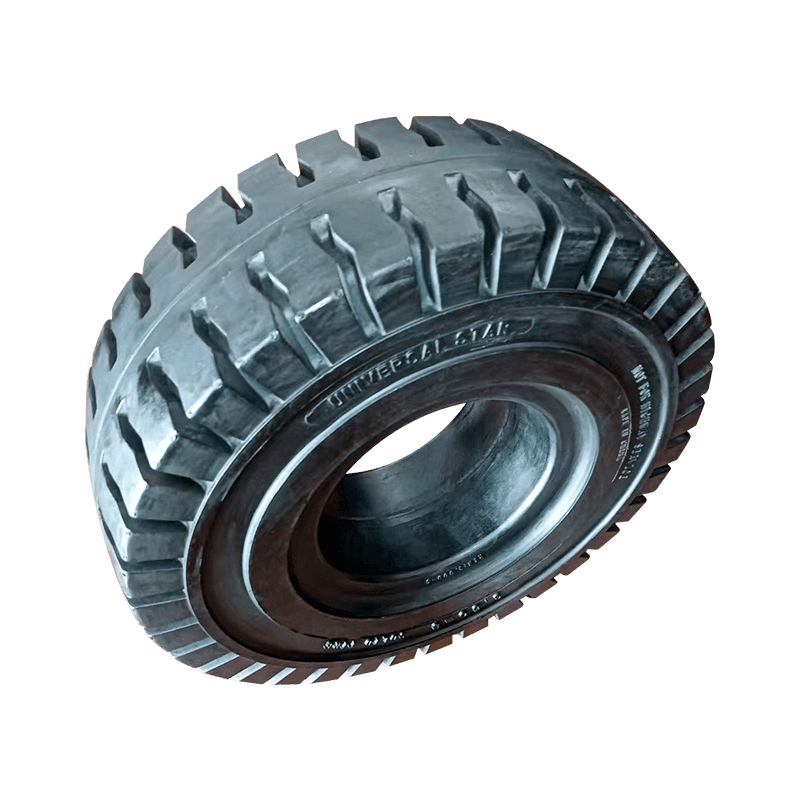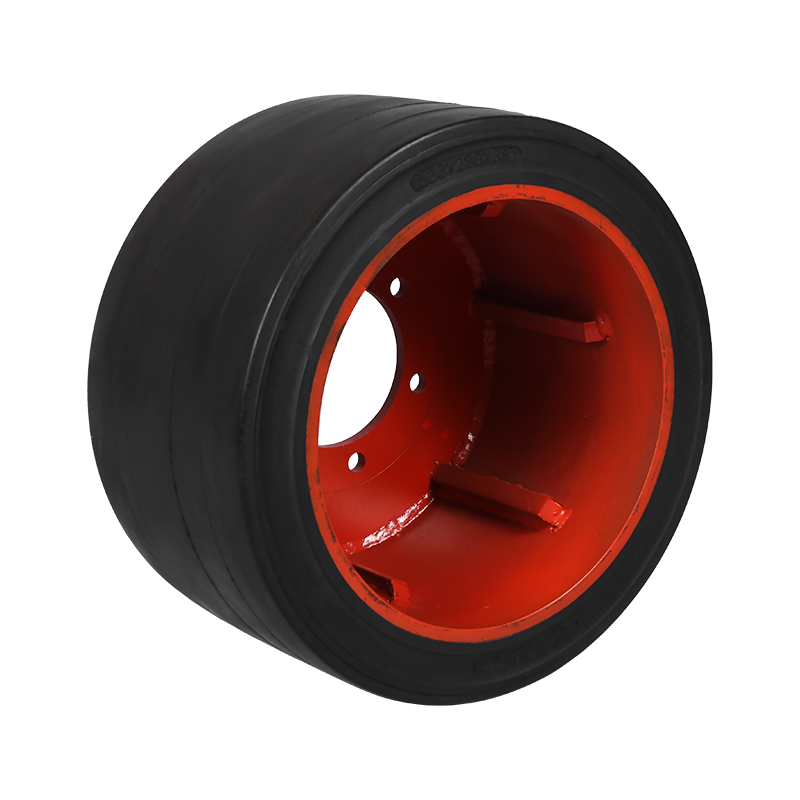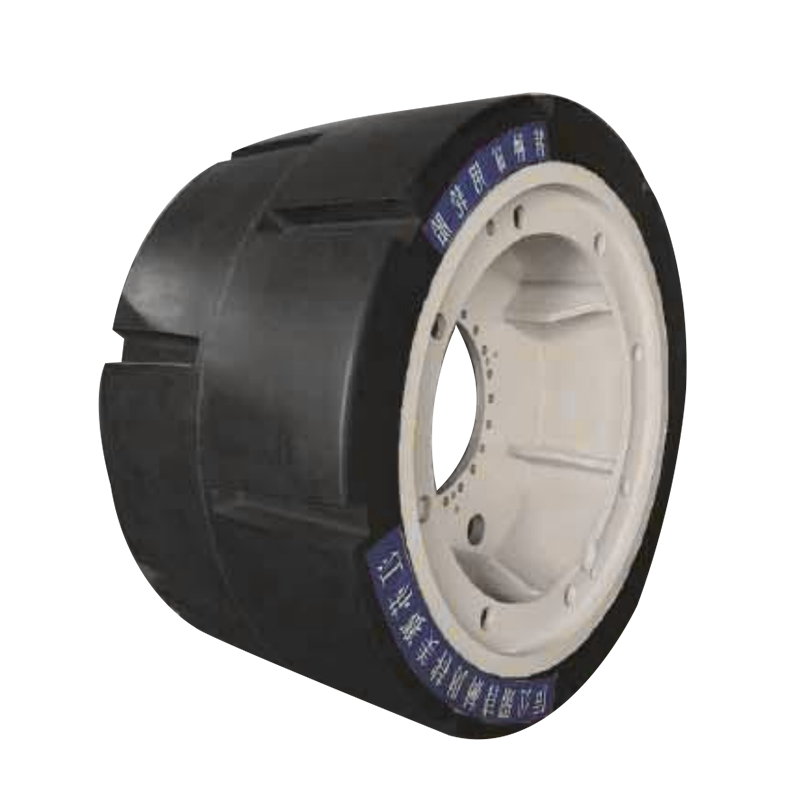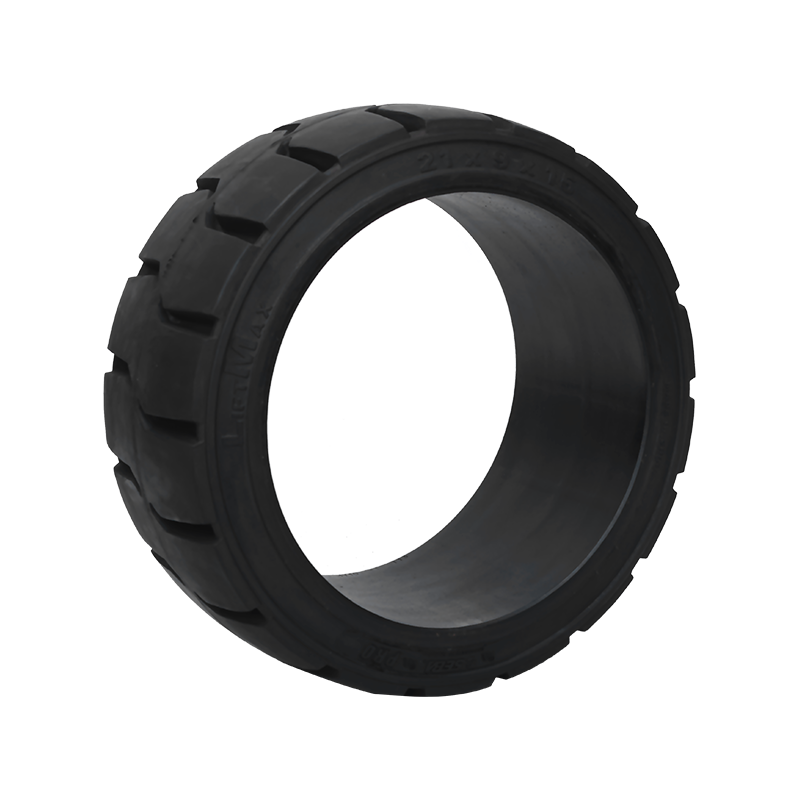Foam-Filled Tires vs. Pneumatic Tires vs. Solid Tires: Which One Should You Choose?
When it comes to selecting tires for heavy machinery, industrial vehicles, or even certain types of consumer equipment, the choice isn't always straightforward. Beyond the brand and tread pattern, a fundamental decision lies in the tire's internal construction: pneumatic, solid, or foam-filled. Each type offers distinct advantages and disadvantages, making the "best" choice highly dependent on your specific application and operational environment.
Pneumatic Tires: The Versatile Standard
Pneumatic tires are the most common type, filled with compressed air. They are renowned for their cushioned ride, providing excellent shock absorption and superior traction on uneven surfaces. This makes them ideal for applications where operator comfort and load protection are priorities, or where vehicles need to navigate varied terrain at higher speeds.
Advantages:
-
Superior Ride Comfort: The air cushion dampens vibrations and impacts, reducing operator fatigue and protecting sensitive cargo.
-
Excellent Traction: The ability to conform to surface irregularities provides better grip.
-
Lower Rolling Resistance: Generally more fuel-efficient due to less friction.
-
Versatility: Suitable for a wide range of applications and speeds.
Disadvantages:
-
Puncture Risk: Susceptible to flats from sharp objects, leading to downtime and repair costs.
-
Maintenance: Requires regular air pressure checks and potential repairs.
-
Load Limitations: Can be less stable under extremely heavy loads compared to solid options.
Best For: Forklifts, construction equipment, agricultural vehicles, and any application where ride comfort, speed, and traction are paramount, and the risk of punctures is moderate.
Solid Tires: The Indestructible Workhorse
Solid tires, as their name suggests, are made entirely of rubber or a similar polymer, with no air chamber. Their key characteristic is their extreme durability and puncture-proof nature, making them the go-to choice for the harshest environments where punctures are a constant threat.
Advantages:
-
Puncture-Proof: Virtually impervious to flats, eliminating downtime due to punctures.
-
Exceptional Durability: Long lifespan in abrasive or hazardous environments.
-
High Stability: Provide excellent stability for heavy loads, reducing tipping risks.
-
Zero Maintenance: No need for air pressure checks or patching.
Disadvantages:
-
Harsh Ride: Offer no shock absorption, leading to a much rougher ride for operators and potential damage to equipment.
-
Lower Speeds: Not suitable for high-speed applications due to heat buildup and ride quality.
-
Higher Rolling Resistance: Can be less fuel-efficient and require more power.
-
Heavier: Their weight can impact vehicle performance and fuel consumption.
Best For: Waste management, recycling facilities, demolition sites, heavy industrial applications, and environments where maximum uptime and puncture resistance are critical, and ride comfort is a secondary concern.
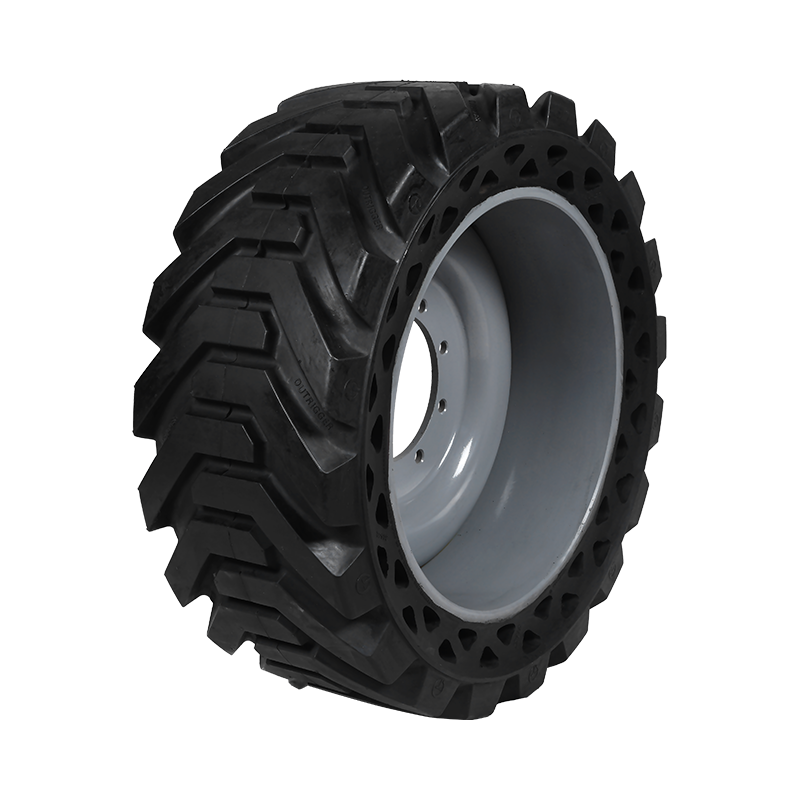
Foam-Filled Tires: Bridging the Gap
Foam-filled tires (also known as foam-filled pneumatic tires, poly-filled tires, or liquid fill tires) are a hybrid solution. They start as standard pneumatic tires, but instead of being filled with air, they are injected with a liquid polyurethane foam that cures into a solid, resilient core. This process effectively eliminates the risk of flats while retaining some of the cushioning properties of a pneumatic tire.
Advantages:
-
Puncture Elimination: Completely eliminates flat tires, similar to solid tires.
-
Improved Ride (over solid tires): Offers a degree of shock absorption that is absent in solid tires, leading to a more comfortable ride.
-
Maintained Sidewall Flexibility: Allows for some deflection, providing better traction and stability than solid tires in certain conditions.
-
Enhanced Stability: Adds weight to the tire, lowering the center of gravity and improving vehicle stability.
Disadvantages:
-
Higher Cost: The process of foam-filling is an added expense compared to standard pneumatic tires.
-
Increased Weight: Significantly heavier than air-filled pneumatic tires, which can impact fuel efficiency and vehicle wear.
-
Heat Buildup: Can generate more heat than air-filled tires, especially at higher speeds, which can affect tire life.
-
Permanent Solution: Once filled, the tire cannot be deflated or refilled with air.
Best For: Construction, mining, material handling, and rental fleets where puncture resistance is crucial, but a completely rigid ride is undesirable. They are an excellent compromise when you need the reliability of a solid tire with some of the comfort and traction of a pneumatic.
Making Your Choice
The decision among pneumatic, solid, and foam-filled tires boils down to a careful evaluation of your operational needs:
-
Puncture Risk: How often do you experience flats? If it's a significant issue, consider solid or foam-filled.
-
Terrain and Speed: Do you operate on smooth surfaces or rough terrain? At high speeds or low?
-
Operator Comfort: Is operator fatigue a concern? Pneumatic and foam-filled tires offer better ride quality.
-
Load and Stability: Are you moving extremely heavy loads? Solid or foam-filled can offer enhanced stability.
-
Cost vs. Downtime: What is the cost of a flat tire in terms of lost productivity and repair? Investing in more durable options can pay off in the long run.
By thoroughly assessing these factors, you can make an informed decision that optimizes performance, reduces downtime, and extends the life of your equipment.
CONTACT US
-

Email: SMT001@saimeite-tyre.com
-

Phone: +86-18451337018No. 1, Renmin South Road, Yandu District, Yancheng City, Jiangsu Province, China

 English
English 한국어
한국어 Français
Français Español
Español
